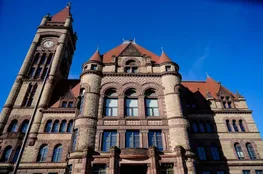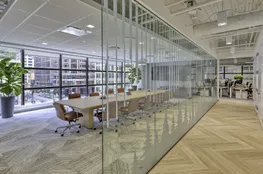The escalating costs associated with owning a home are dramatically transforming the landscape of housing affordability. While the challenge of purchasing a home at current market rates is well-known, the less-discussed but equally significant issue is the growing unaffordability of homeownership itself. As analyzed by Gordon Long and myself, the surge in costs is relentless, stirring concerns about long-term impacts on homeowners' finances. This multifaceted rise cannot be traced back to a single source or eliminated by simple policy changes.
One starting point for understanding these rising costs is the inflation timeline since 2020. Between January 2020 and the present, Truflation measures the erosion of the US dollar’s purchasing power at 26%. In theory, this would suggest a parallel 25% increase in housing costs. However, the Case-Shiller national housing index reveals a staggering 45% increase—far outstripping inflation as it jumped from 220 to 320. Traditionally, mortgage payments have been the primary homeownership cost focus. These include the principal and interest—expenses that rise alongside the market's purchase price and interest rate increases.
Presently, these costs as a percentage of median household income have surpassed historical peaks like those seen during the first housing bubble between 2006 and 2008. Should inflation pressures remain high and the bond market continue its skepticism about declining inflation, mortgage rates could remain elevated even if the Federal Reserve adjusts the Fed Funds Rate downward. Mortgage payments aren't the only escalating costs to worry about. Property taxes, insurance, utilities, maintenance, repairs, and home-related services are all on the rise.
Anecdotally, basic home insurance premiums have risen alarmingly—from $3,000 to $13,000 annually in high-risk regions. Some insurers are exiting these areas altogether, leaving homeowners with sparse options. Those unable to secure traditional insurance might choose 'self-insuring,' though this poses significant risks. In catastrophic scenarios, federal disaster aid for the uninsured caps at $40,000, far short of meeting reconstruction needs. Since insurance companies are bound to profitability, they increase rates following major losses.
This is compounded by international reinsurance markets affecting local rates. Consequently, homeowners often raise policy deductibles to reduce premiums, which requires them having cash reserves for substantial initial repair costs. Property taxes are another burden, with increases nearing 30% nationwide. Local governments' reliance on these taxes means they may remain high even if property values drop. Maintenance and repair expenses have soared, driven by higher costs for materials and labor. Routine tasks now bear substantial price tags—tree pruning or roof repair might each cost $10,000.
Thus, understanding homeownership's financial dynamics today involves more than tracking the initial purchase price. The ongoing costs of maintaining a home after purchase significantly shape affordability. Becoming well-acquainted with these costs is crucial for preparing current and prospective homeowners for long-term financial sustainability.
























